Canary Melon Information: Growing Canary Melons In The Garden
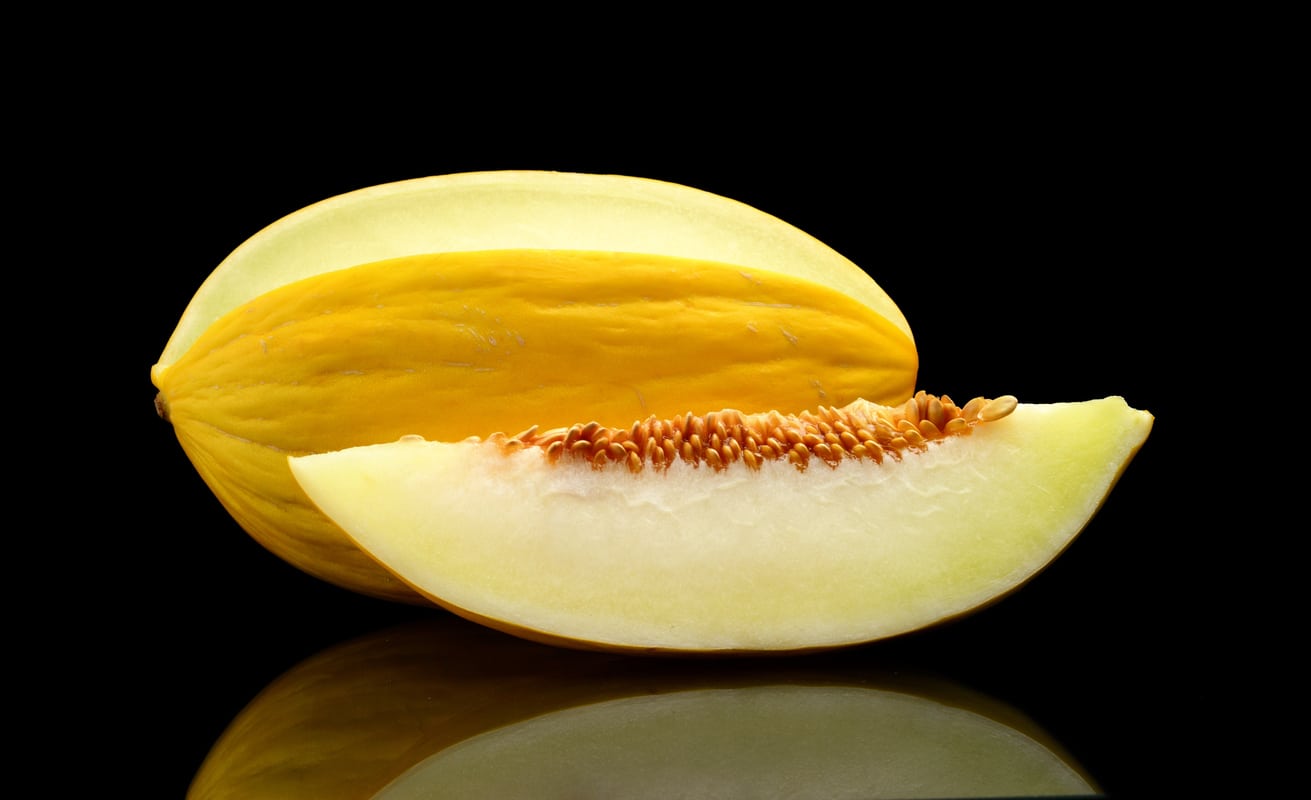
Canary melons are beautiful bright yellow hybrid melons that are commonly grown in parts of Asia including Japan and South Korea. Interested in growing your own canary melons? The following canary melon information can help with canary melon growing, harvesting, and care as well as what to do with canary melons once they’re picked.
Canary Melon Information
Canary melons (Cucumis melo) are also referred to as San Juan canary melons, Spanish melons and Juane des Canaries. Named for its brilliant yellow color that is reminiscent of canary birds, canary melons are oval with vibrant yellow skin and a cream-colored flesh. Melons may weigh 4-5 pounds (2 or so kg.) when ripe and are around 5 inches (13 cm.) across. Like watermelons and pumpkins, canary melons flower prior to fruiting. The male blossoms flower first then wilt and drop off to reveal the female blooms. Once pollinated, the fruit begins to grow beneath the female blossom.
Growing Canary Melons
Vines of the canary melon can grow to about 10 feet (3 m.) in length and individual plants to 2 feet (61 cm.) in height. They require plenty of heat to reach maturity and a growing season of 80-90 days. Start seeds indoors in peat pots or sow directly outside after all danger of frost has passed and the soil is warm. To sow in peat pots, start seeds 6-8 weeks before the last frost in your area. Sow the seeds ½ inch (1 cm.) under the soil. Harden off for a week and then transplant into the garden when the seedlings have their first two sets of true leaves. Transplant two seedlings per hill and water in well. If sowing directly into the garden, canary melons like a slightly acidic soil from 6.0 to 6.8. Amend the soil if needed to bring the pH to that level. Dig in plenty of organic material to provide the plants with nutrients and good drainage. Sow the seeds into the garden when all danger of frost has passed for your area. Sow 3-5 seeds in hills that are 3 feet (just under a meter) apart in rows 6 feet (nearly 2 m.) apart. Water thoroughly. Thin the seedlings when the first two sets of true leaves appear. Leave two plants per hill.
Canary Melon Care
Like all melons, canary melons like lots of sun, warm temperatures and moist soil. Water each week with 1-2 inches (2.5 to 5 cm.) of water depending upon weather conditions. Water in the morning so the leaves have a chance to dry and don’t foster fungal diseases. Increase irrigation to 2 inches (5 cm.) per week when the vines set fruit. Cut the irrigation to 1 inch (2.5 cm.) per week when the melons begin to mature, usually three weeks prior to canary melon harvesting. Fertilize the vines every 2-3 weeks with an all-purpose food, following the manufacturer’s instructions.
What to Do with Canary Melons
Canary melons are known to be incredibly sweet with a taste that is similar to honeydew melon. Like honeydew, canary melons are eaten fresh as slices or added to fruit platters and salads, made into smoothies, or even made into delicious cocktails.
Gardening tips, videos, info and more delivered right to your inbox!
Sign up for the Gardening Know How newsletter today and receive a free copy of our e-book "How to Grow Delicious Tomatoes".

Amy Grant has been gardening for 30 years and writing for 15. A professional chef and caterer, Amy's area of expertise is culinary gardening.
-
 8 Noteworthy Native Azaleas Every Gardener Should Know – And Grow!
8 Noteworthy Native Azaleas Every Gardener Should Know – And Grow!Native azaleas offer brilliant blooms in a range of colors and sizes. Here are a few favorites to get inspired and start working on a native shade garden!
-
 Growing Climbing Roses: How To Create Elegant Displays With Maximum Blooms
Growing Climbing Roses: How To Create Elegant Displays With Maximum BloomsMaster the art of growing stunning climbing roses with this essential guide to creating vibrant, fragrant walls and structures all summer long.
-
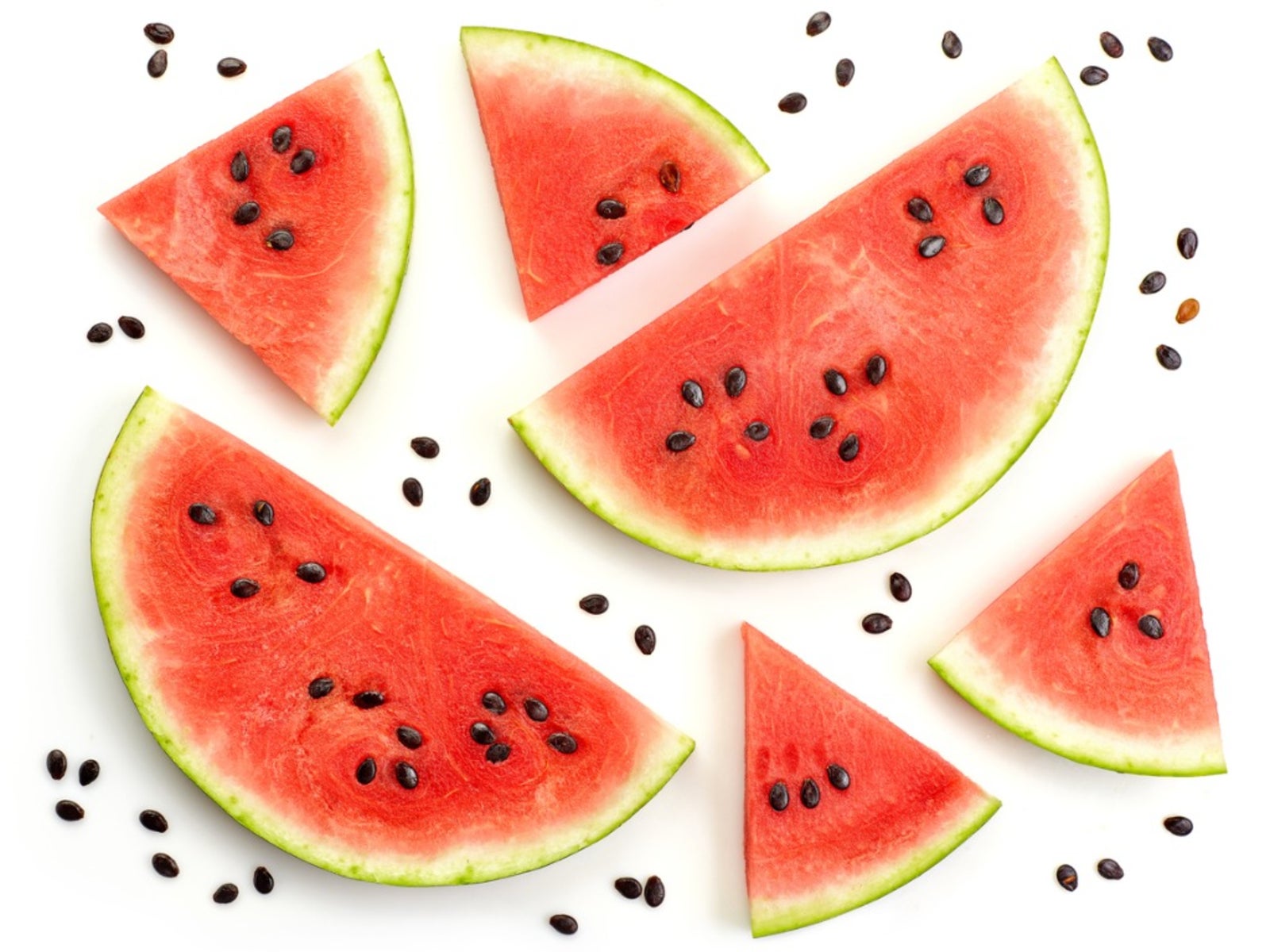 Will Seeds From A Store Bought Melon Grow - Planting Grocery Store Melon Seeds
Will Seeds From A Store Bought Melon Grow - Planting Grocery Store Melon SeedsWill grocery store melon seeds grow? More importantly, will they produce true to type? Find out here.
-
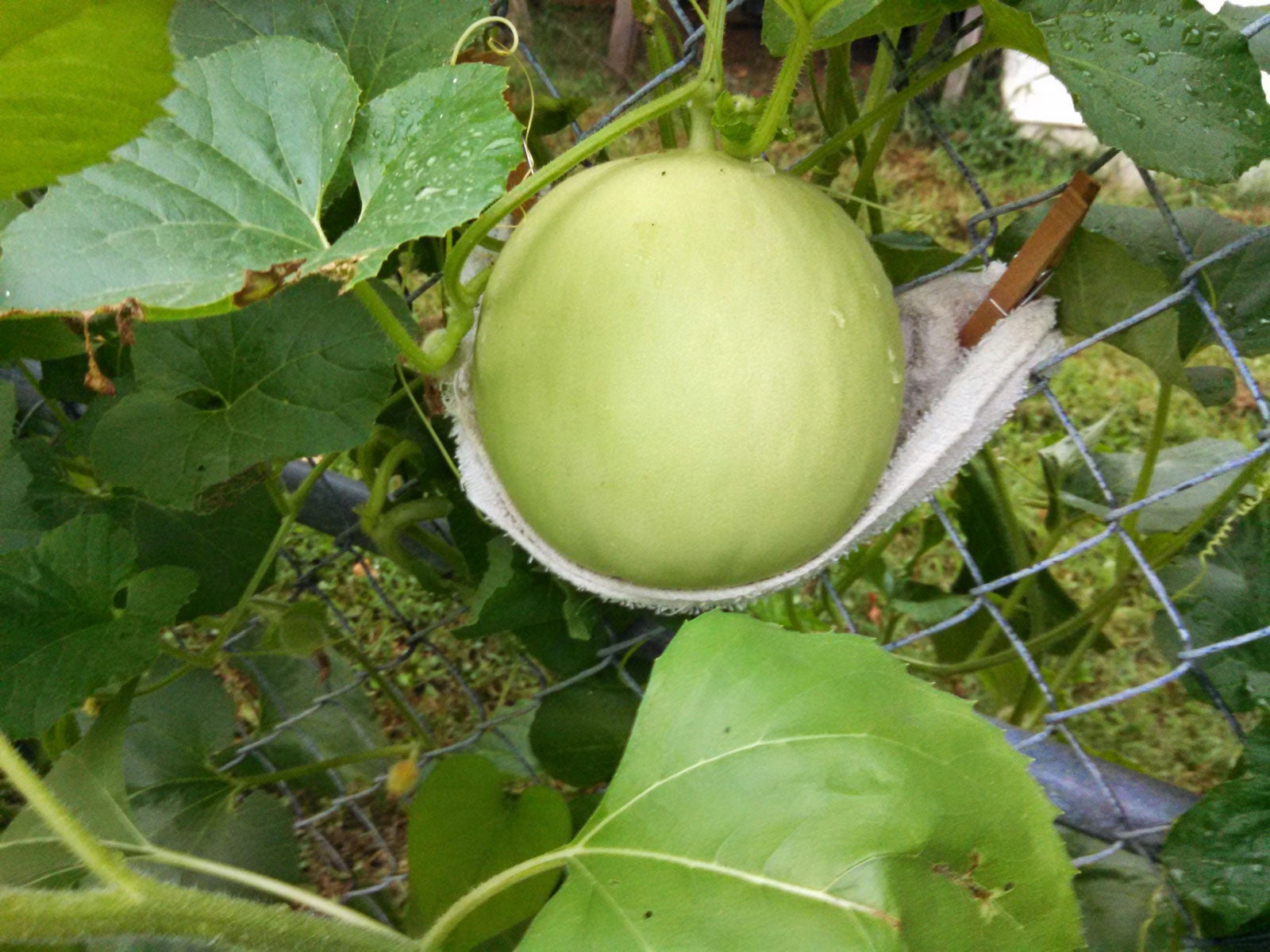 Vertical Melon Growing – How To Grow Melons On A Trellis
Vertical Melon Growing – How To Grow Melons On A TrellisWho wouldn’t like the luxury of growing watermelons, cantaloupes, and other luscious melons in a backyard garden? Melons grow on very sprawling vines that can take up most of a garden bed though. The perfect solution is growing melons vertically. Learn more here.
-
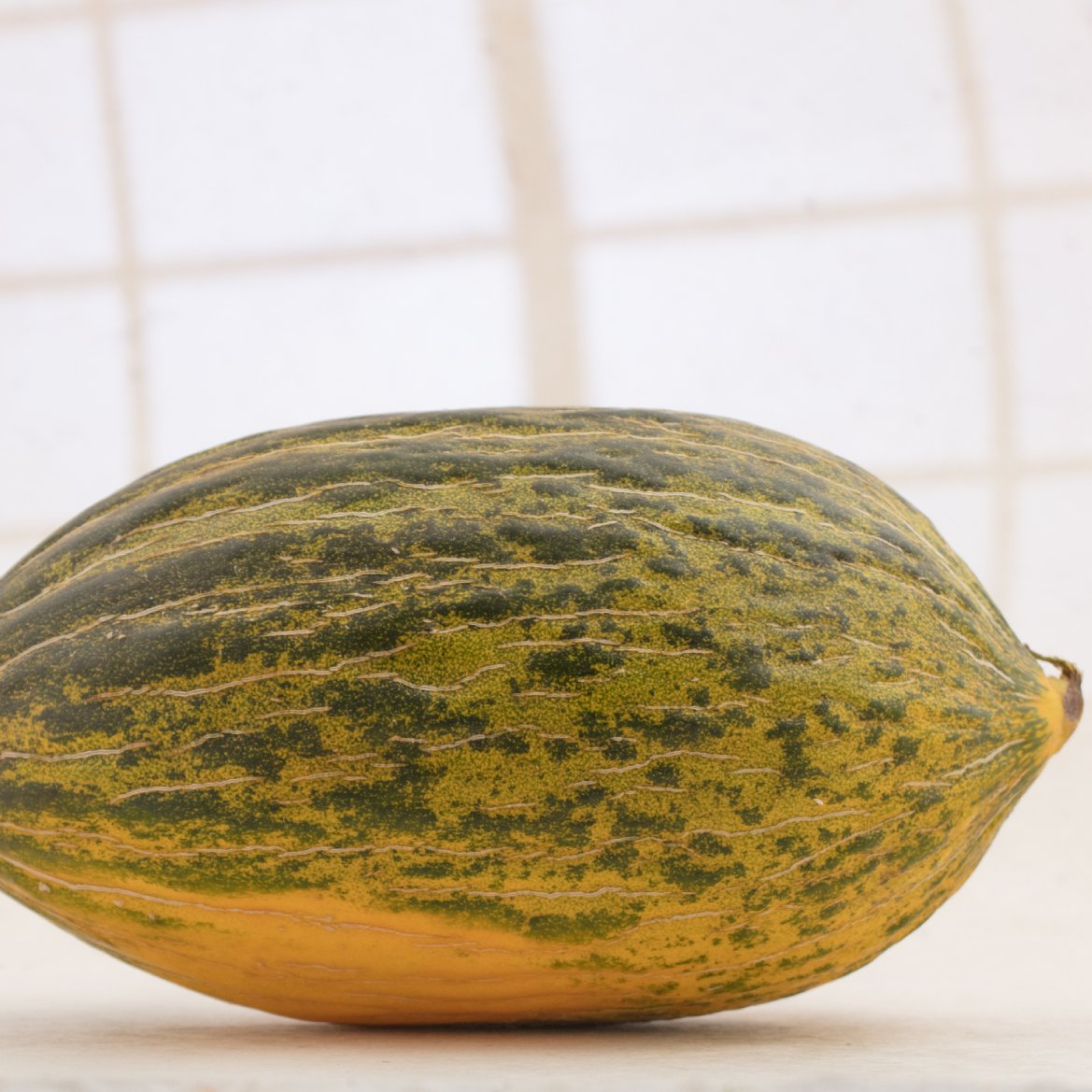 Christmas Melon Plants: Learn About Santa Claus Christmas Melons
Christmas Melon Plants: Learn About Santa Claus Christmas Melons -
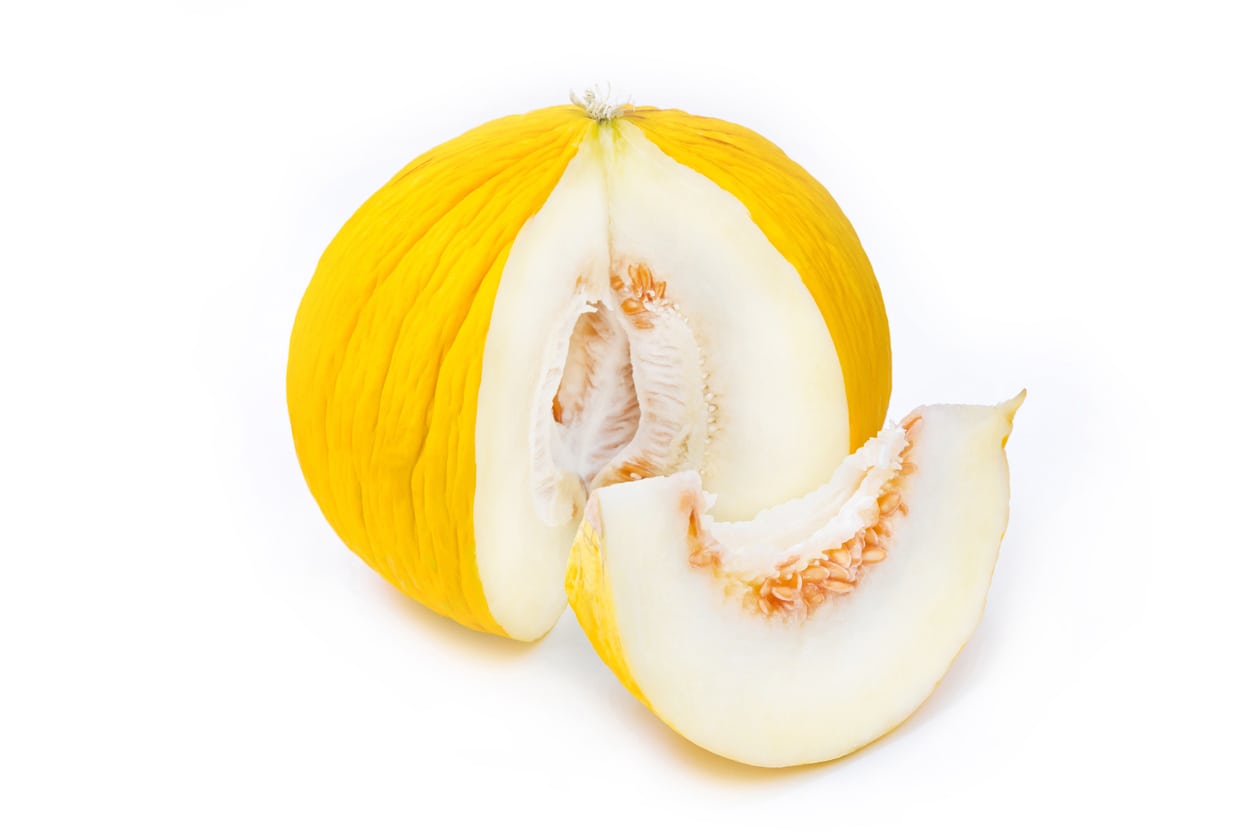 What Is A Casaba Melon – How To Grow Casaba Melons
What Is A Casaba Melon – How To Grow Casaba MelonsCasaba melon is a tasty melon related to honeydew and cantaloupe. Successfully growing a casaba melon vine in the home garden requires a little knowledge about care and harvesting but is generally easy and similar to growing other melons. Learn more here.
-
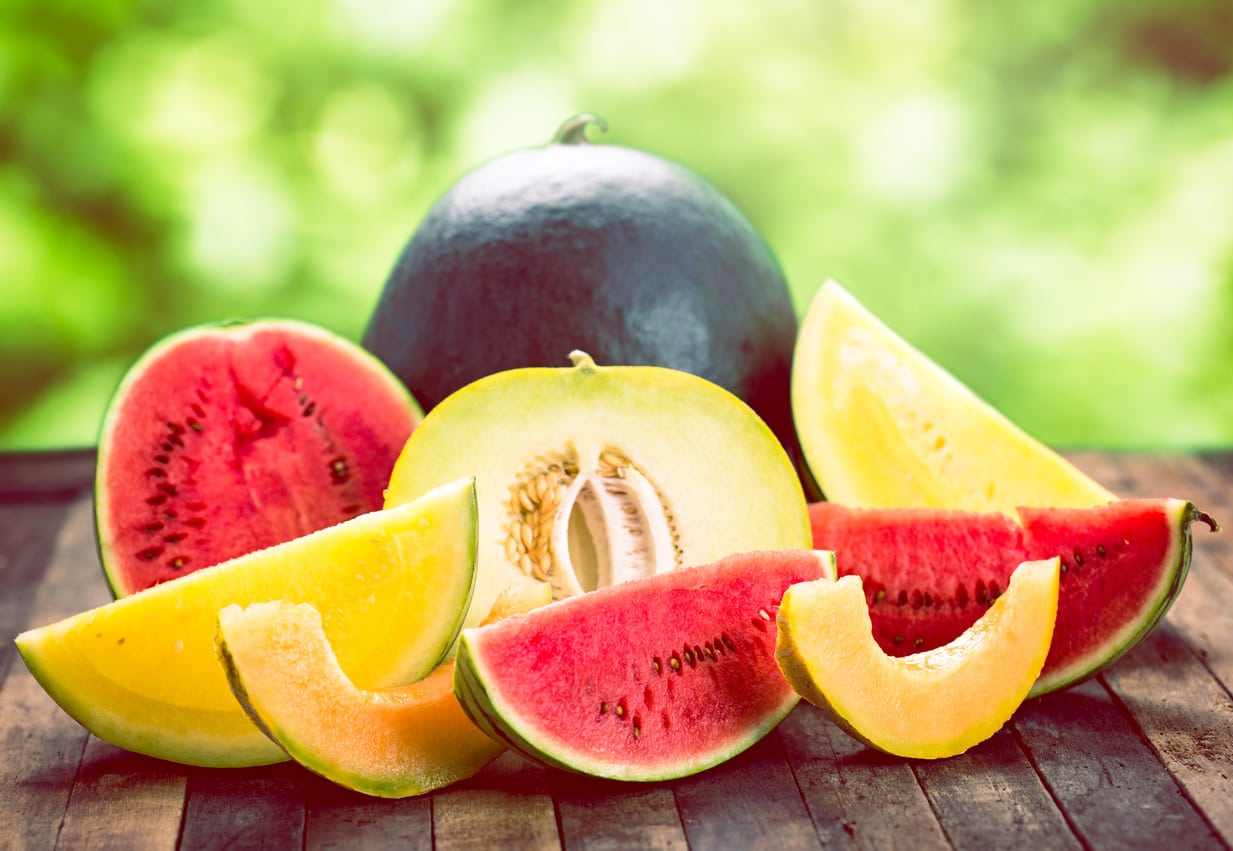 Types Of Melons: Different Melon Plant Varieties For The Garden
Types Of Melons: Different Melon Plant Varieties For The GardenMelon is a favorite summer fruit. Few things are better than a cold slice of watermelon on a hot day after all. These are pretty easy plants to grow in the garden too, and there is a seemingly endless variety of different melons to try. Learn about them here.
-
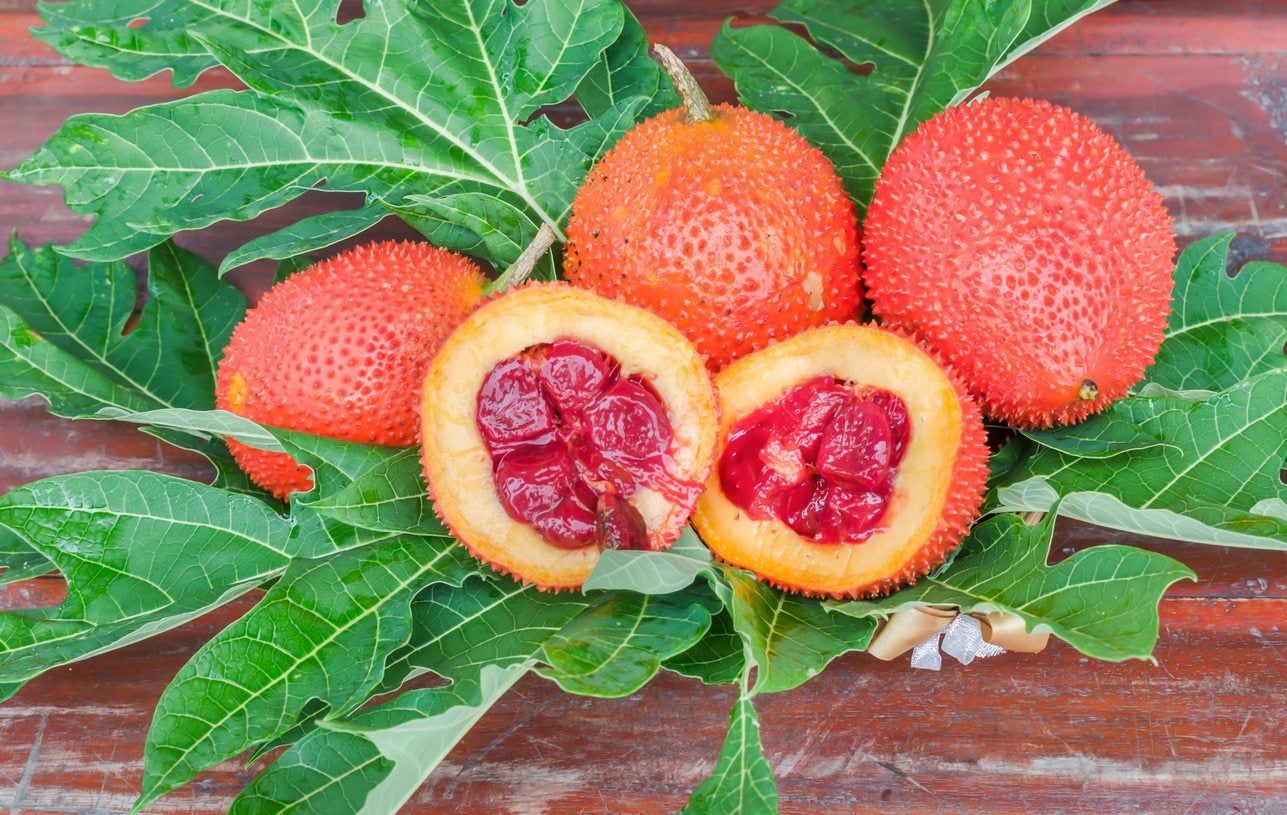 What Is A Gac Melon: How To Grow A Spiny Gourd Plant
What Is A Gac Melon: How To Grow A Spiny Gourd PlantUnless you dwell in regions from Southern China to Northeastern Australia where gac melon hails, it?s probably unlikely you've heard of it. What is gac melon? Click this article to find out about growing gac melon fruit, its care and other gac melon information.
-
 Melon Seed Harvesting And Storage: Tips For Collecting Seeds From Melons
Melon Seed Harvesting And Storage: Tips For Collecting Seeds From MelonsCollecting seeds from garden fruits and vegetables can be thrifty, creative and fun for a gardener. Saving melon seeds from this year?s crop for next year?s garden requires planning. Read this article for tips about collecting seeds from melons.
-
 When Is A Honeydew Melon Ripe: How To Pick A Honeydew Melon
When Is A Honeydew Melon Ripe: How To Pick A Honeydew MelonAlso known as temptation melons, honeydew melons are thought to have their roots in West Africa and have been cultivated for over 4,000 years. So, what is a honeydew melon? Read here to learn more.